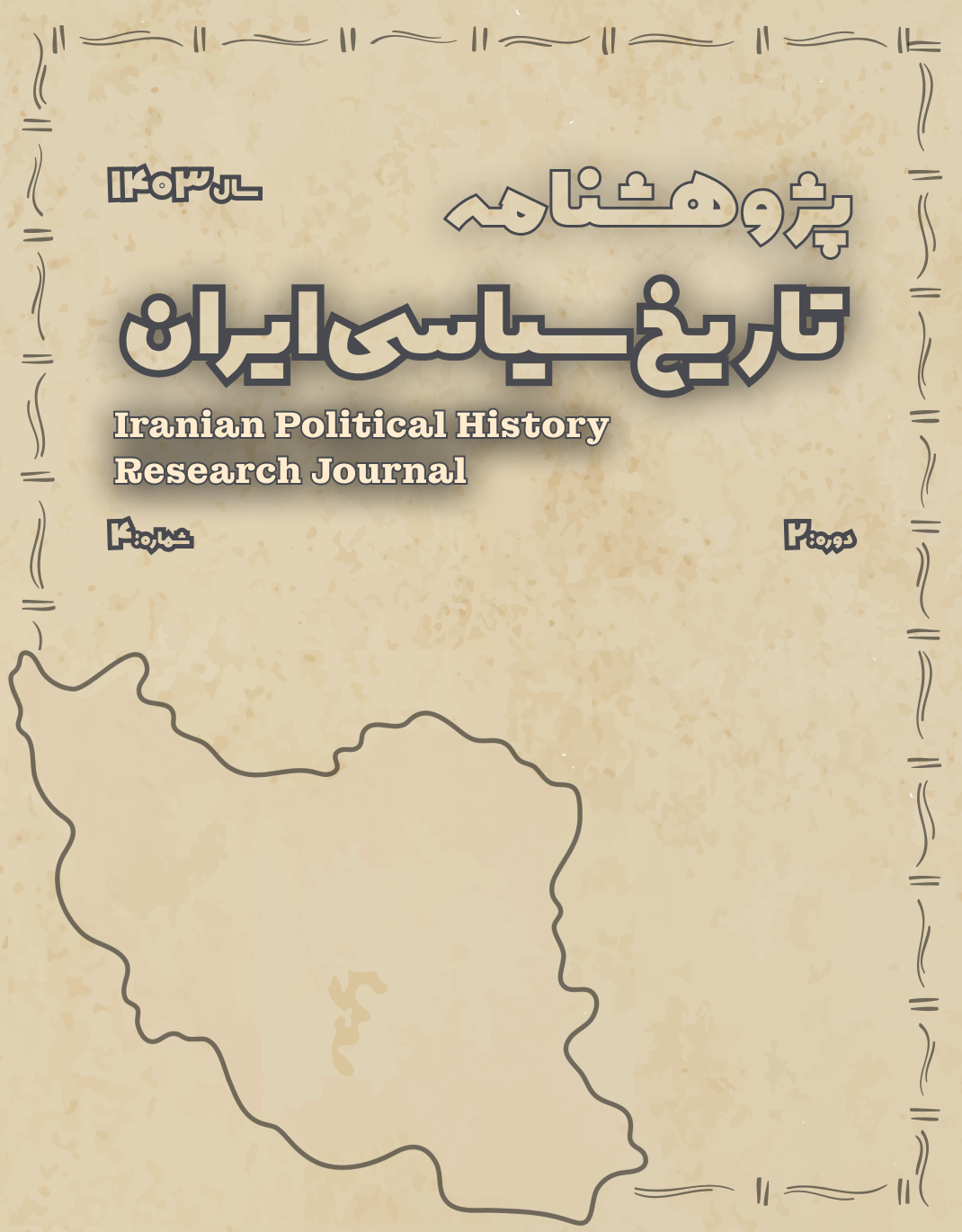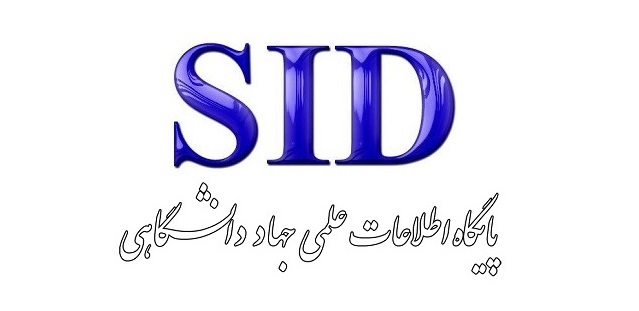Iran’s Role in Regional Diplomacy during the Timurid Era: From Engagement with China to Relations with the Ottoman Empire
Keywords:
Timurid diplomacy, medieval Iran, Timurid-Ottoman relations, Iran-China relations, soft power, Persian bureaucracy, intercivilizational diplomacyAbstract
This article aims to examine Iran's role in the regional diplomacy of the Timurid era—a period marked by the expansion of Timurid power and the transformation of political, economic, and cultural relations across the Islamic East and West. Utilizing a historical-analytical method and drawing on primary sources such as Zafarnama, Tarikh-e Hafez-e Abru, and Chinese records like the Ming Shilu, the study explores Iran not as a passive territory but as an active diplomatic agent in shaping and executing Timurid foreign policy. The findings reveal that Iran, through its sophisticated bureaucratic structure, the Persian administrative language, and its network of cultural and religious elites, served as the core of Timurid diplomacy in dealings with regional powers including China, the Ottomans, the Mamluks, and the Qara Qoyunlu and Aq Qoyunlu dynasties. Iran functioned both as a geographic corridor and as an institutional-cultural origin, enabling the expansion of foreign relations and coordination of multilateral engagements. Key examples of this role include formal missions to the Ming court, political correspondence with Sultan Bayezid, and negotiations with the Mamluks. This diplomacy served not only to consolidate Timurid power but also to reproduce Iran’s cultural and political identity in the post-Timurid period. The article proposes that future comparative studies examine Timurid diplomacy alongside Safavid and Mughal cases to better trace the evolution of Iranian diplomatic tradition in the medieval Islamic world.
Downloads
References
Anderson, P. (1993). Lineages of the absolutist state. Verso.
Cohen, R. (1997). Negotiating across cultures: Communication obstacles in international diplomacy. United States Institute of Peace Press.
Fletcher, J. (1979). Turco-Mongolian monarchic tradition in the Ottoman Empire. Harvard Ukrainian Studies, 3(1), 236–251.
Manz, B. F. (2002). Power, politics and religion in Timurid Iran. Cambridge University Press.
Manz, B. F. (2007). The rise and rule of Tamerlane. Cambridge University Press.
Melville, C. (2016). The Timurid century: The idea of Iran Vol. 7. I.B. Tauris.
Mayers, D. (2003). The diplomacy of trade and investment: American economic expansion in the hemisphere, 1865–1900. University of Missouri Press.
Nexon, D. H. (2009). The struggle for power in early modern Europe: Religious conflict, dynastic empires, and international change. Princeton University Press.
Rossabi, M. (1990). Khubilai Khan: His life and times. University of California Press.
Soucek, S. (2000). A history of Inner Asia. Cambridge University Press.
Subtelny, M. E. (1991). Timurids in transition: Turko-Persian politics and Acculturation in Medieval Iran. Brill.
Woods, J. E. (1990). The Timurid Diplomatic Missions to the Ming Court. T'oung Pao, 76(4/5), 233–247. https://doi.org/10.1163/156853290X00095









